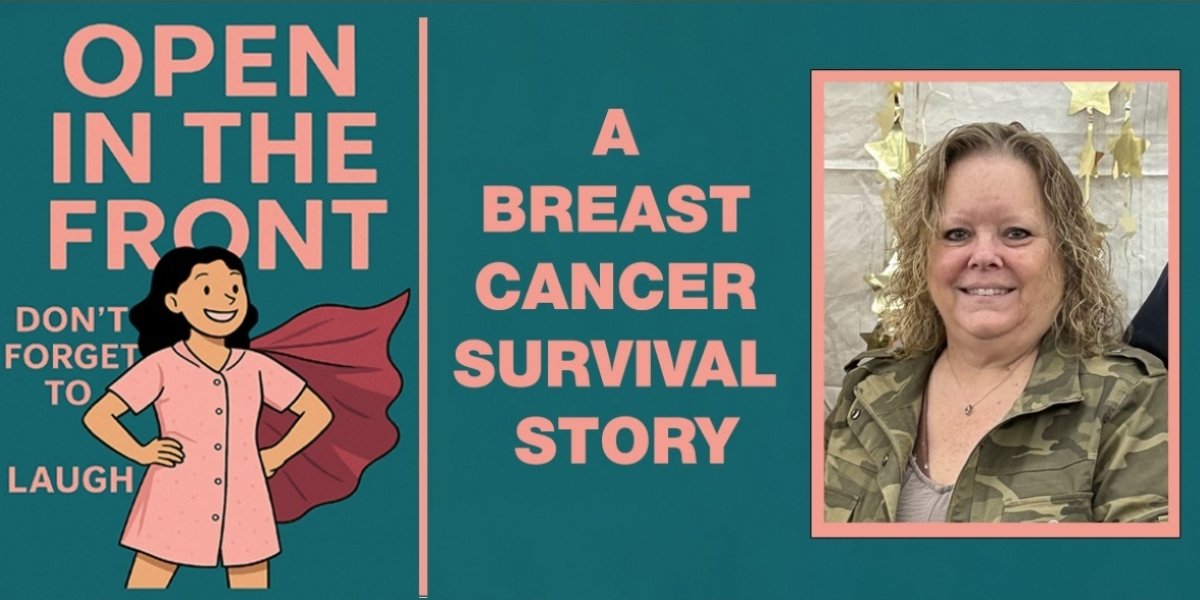What does the exceptional person do when they receive a tremendous gift – one that delights, challenges, illuminates, and inspires, not just in the moment but across countless years?
How about sharing that gift – with as many people as possible?
That’s the goal of Cat Barnstone, daughter of master artist Myron Barnstone. When it comes to her father’s artistic legacy – both his artworks and his remarkably innovative teaching method that has produced thousands of notable alumni working in architecture, photography, automotive design, set design, theatrical costume and makeup, as well as the more traditional fine arts – Cat Barnstone is passionate about sharing Myron Barnstone’s groundbreaking art, as well as his unique approach to classical art education.
When you consider the beleaguered state of art appreciation and art education today, nothing could be more important. Art has a tremendous impact on human civilization – reflecting and changing people’s attitudes, instilling values, and translating experiences across space and time. It’s no secret that art can have a profound and lasting impact on the lives of individuals, societies, and entire cultures. Held as the penultimate achievement of a culture, art appeals through all the senses directly to the emotions, and can have a profound and lasting impact on us all.
Truly appreciating art and its meaning and significance, and being able to express oneself artistically is essential. In study after study, the artistic endeavor is far from a superfluous or optional: art appreciation and understanding unleashes creativity, increases the quality and speed of conceptual and technical skills mastery, increases personal enjoyment and satisfaction, and has a measurable positive impact on physical and psychological well-being.
Myron Barnstone understood this essential importance of art appreciation and artistic expression. He fiercely believed that every person was capable of expressing themselves artistically. Innate talent, he argued, is far from required to learn to express oneself artistically. For more than 35 years Myron taught that with diligence, practice and dedication, every person could learn to draw very well.
In fact, so passionately did he believe in this concept, Barnstone hid his own art away from view for more than 50 years, so that his own work would not sway or influence the unique expression of his students. This renowned and celebrated collection of artwork was only to be re-discovered by his daughter after Myron’s passing. It is this tremendous gift, and the gift of his system of art education, the Barnstone Method, that she now shares so widely.
Born on February 20, 1933, Myron Barnstone was an American modernist artist, painter, and master art teacher. After formal art education that included the New England School of Art in Boston and the Ruskin School of Drawing and Fine Arts at the University of Oxford in England, Barnstone traveled throughout Europe, studying the works of the masters, showing his work, gaining accolades, awards and recognition, and finding his own unique artistic voice. He was perhaps best known for his work featuring the compositional system of “dynamic symmetry,” a phrase coined by Jay Hambidge, which is also referred to as the Golden Section, the Golden Ratio and/or the Golden Mean. Related to the mathematical principle known as the Fibonacci sequence, this technique was used by classical artists and designers to create geometrical compositions that emanated a balance of natural perfection. In fact, once understood, one can see examples of this ratio in nature and in the works of master artists across thousands of years. Myron Barnstone not only mastered this technique, he incorporated dynamic symmetry into his teachings as well.
In 1976, Myron Barnstone returned with his family to the United States. Upon his return, he began teaching throughout the following decades at various schools, including the Baum School, Moravian College, and Lehigh University in the 1990s. Barnstone opened his own art school in the 1977, The Barnstone Studios, in Pennsylvania’s Lehigh Valley, and provided classical, foundational art education there for over thirty-five years.
The excellence of traditional drawing and design systems, which were required for training any student of classic design, was at the heart of his teaching. These systems foster both representational and abstract artists’ visual literacy. His teaching methods attracted people from states as far away as Hawaii and California, and many from abroad. Students from all across the world learned the Barnstone Method and secured a bright future for themselves.
Barnstone passed away on October 29, 2016, in Frederick, Maryland, U.S. at the age of 83, but his legacy lives on through the continuing endeavors of his daughter: Catherine Barnstone Szafran, a well-known photographer in her own right who benefited in her photographic skills from her father’s training, had for many years assisted Myron in running his art education business. She took over as Director of Barnstone Studios upon his death. It was Catherine (“Cat”) who subsequently rediscovered the Myron Barnstone paintings and drawings that were kept hidden for decades: unlocking the crates that her father had sealed half a century before, she found nearly 700 of her father’s works in total, ranging from pen and ink to acrylics, gouaches, and oil paintings as tall as seven feet. She immediately began plans to share her father’s work with the public.
For the first time in 50 years, Barnstone’s work was featured in a show – first in New York entitled, “A Celebration of Joy: Myron Barnstone’s Hidden Art,” at the Usagi Gallery. In addition, Cat arranged for Myron’s works to also be shown in a solo exhibition, “Emotions: How Art Awakens the Soul,” which opened at The Artist Angle Gallery in Frederick. Cat continues to bring Myron’s one-of-a-kind, vividly surreal pieces back into the public eye, including plans to showcase his series, “The Survivors,” in conjunction with American and international Holocaust museums and peace institutes, plus a series of live and online presentations for aspiring artists. Catherine is now offering select Myron Barnstone prints and original works to fund an initiative to carry on his legacy through additional Barnstone Method learning programs and art education scholarships.
Catherine Barnstone Szafran states that she wants artists to have access to her father’s teachings in the future. She has ensured his original course recordings are available on the Barnstone Studios website, and has recruited Barnstone alumni artists from all over the country to serve as master guides in the program.
“His approach to art education is different from what is popular today,” Cat explains. “In many ways, today’s approach emphasizes immediate access and imitating a particular teacher’s style rather than fundamental skills mastery. Myron believed there could be no unique voice, no true individual creativity until you learned the language, the fundamental underlying artistic skillset. He didn’t want to influence his students or have them emulate his style – in fact, that was not his intention at all. He desired that they find their own voice.”
Catherine Barnstone, says that she intends to honor his lifelong commitment to art appreciation and classical art education, encouraging creativity and skills mastery through sharing Myron Barnstone’s art and expanding his Barnstone Method art education for as long as she is able. “I feel his presence here,” she said as she walked around the gallery filled with his father’s work, “and I know he’s content.”
Szafran’s love for her father has sustained her throughout these years, helping her as she continues to find perfect-fit opportunities to share the artistic legacy of Myron Barnstone. Sustaining and expanding his Barnstone Method art educational program, and sharing the unexpected gift of the long-hidden masterpieces of Myron Barnstone are indeed the perfect ways to keep Myron Barnstone’s legacy alive.















